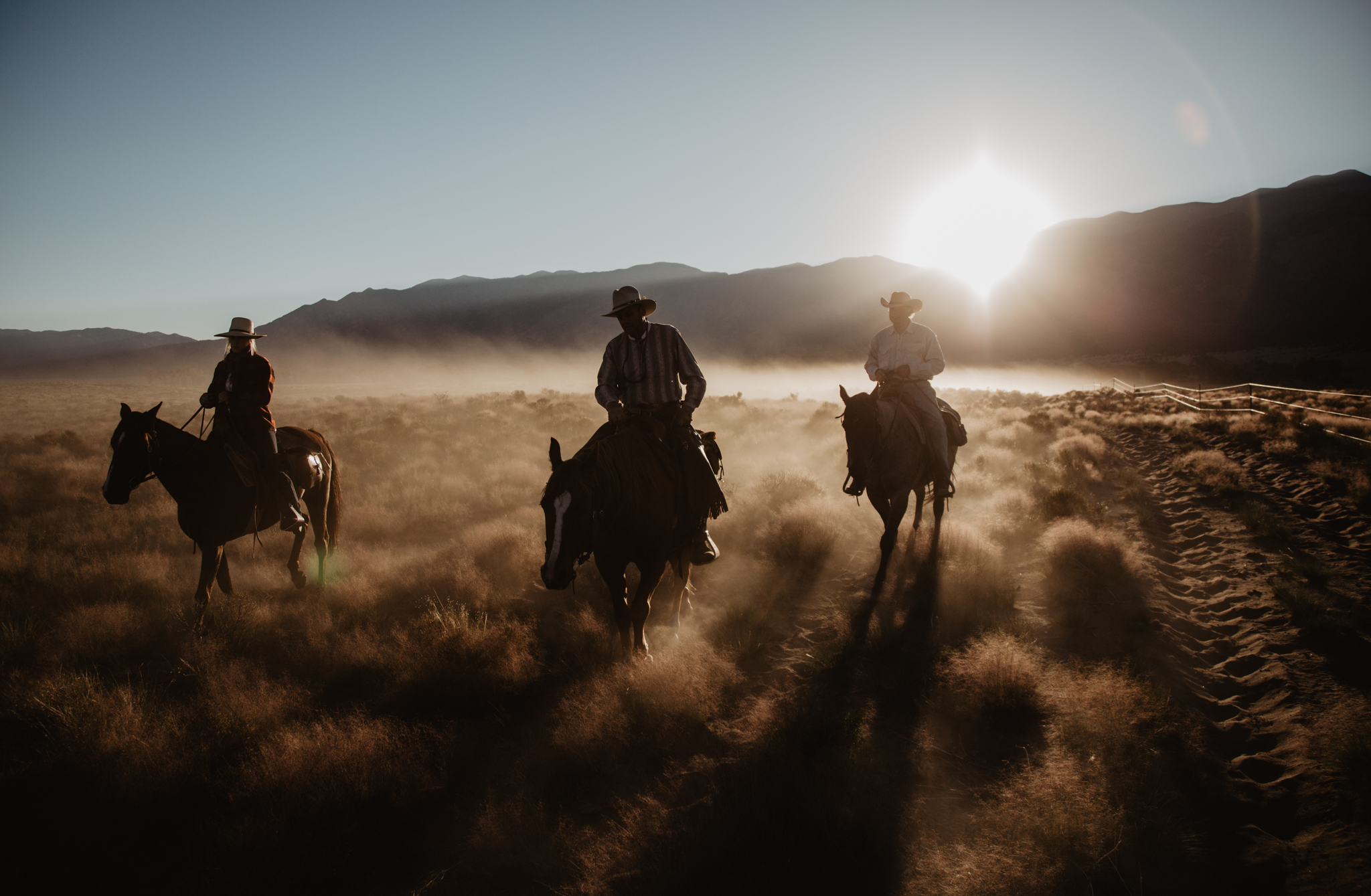With its regenerative ranching practices, Zapata Ranch teaches guests about the role cowboys can play in conserving the natural world. Rose Dykins reports
Located on the eastern edge of Colorado’s San Luis Valley, Zapata Ranch borders the Great Sand Dunes National Park and Preserve – the newest national park in the US.
The ranch is owned by the Nature Conservancy and managed by Ranchlands, a family business that works to preserve ranching heritage and ecosystems across the American West. Together, both parties ensure environmental conservation is a central practice to Zapata Ranch.
Speaking to Regnerative Travel, Ranchlands’ founder, Duke Phillips, says: “My hope is that grazing is seen for what it is: the most compelling landscape scale conservation alternative in the American West that can resolve the serious ecological problems we face.”
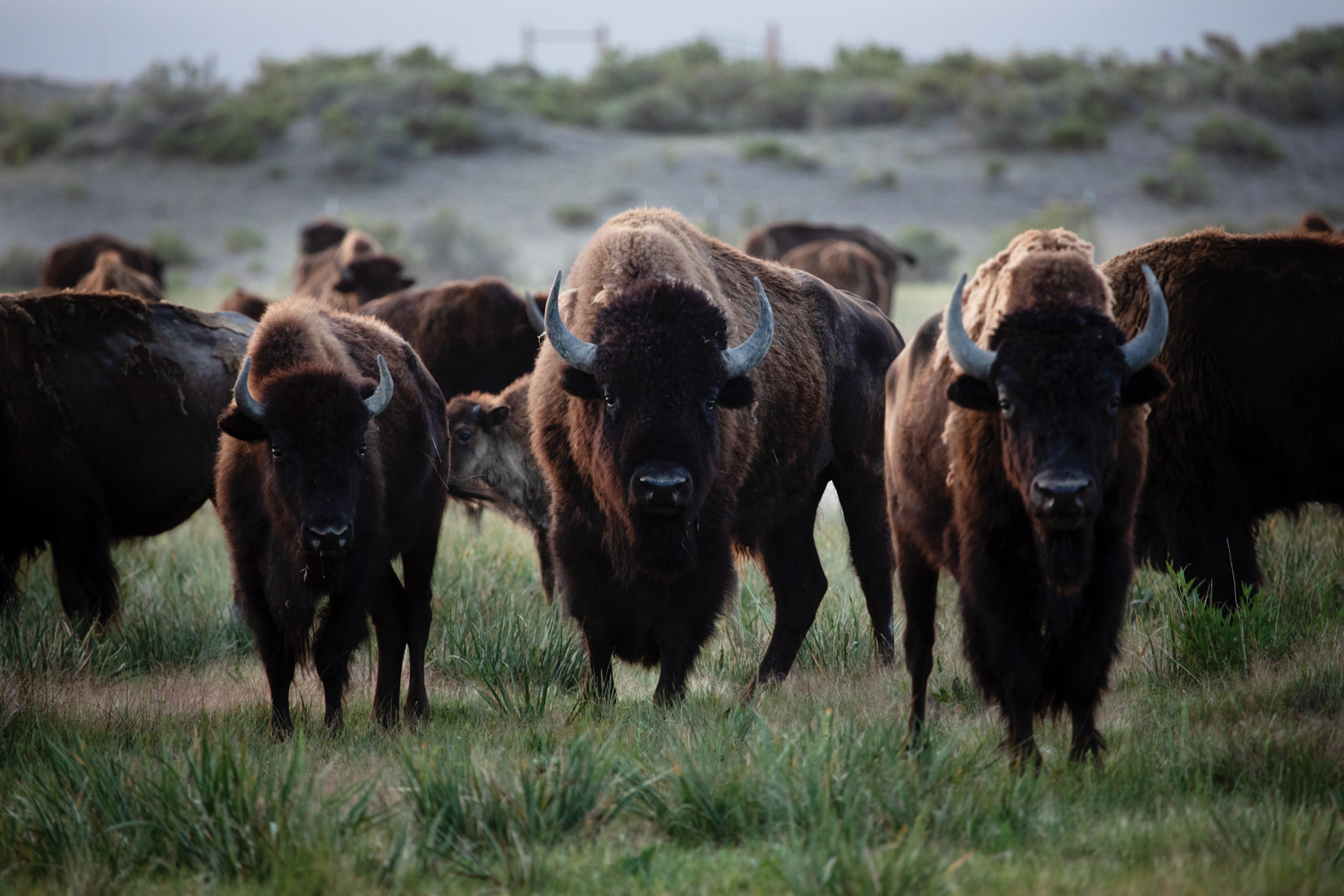 He adds: “Many people see ranching as a glamorous, romantic lifestyle where people are riding around herding cattle. I have always thought that ranching is mostly about living on the land, becoming part of it.
He adds: “Many people see ranching as a glamorous, romantic lifestyle where people are riding around herding cattle. I have always thought that ranching is mostly about living on the land, becoming part of it.
“We see cattle as a tool that disturbs the surface of the ground, laying down organic material (that they do not eat) on the surface in order to decay and recycle into the soil.
“We do this by using fencing to move our cattle herds in a migratory fashion around the horse ranch as one herd so that the entire landscape is rested, allowing plants to grow beyond even where they were before the herd entered the area.

“So, it is the combination of disturbance, high stock density and rest that we use – a dynamic that the great grasslands of the world have evolved with in a symbiotic relationship with ungulates [large mammals with hooves].”
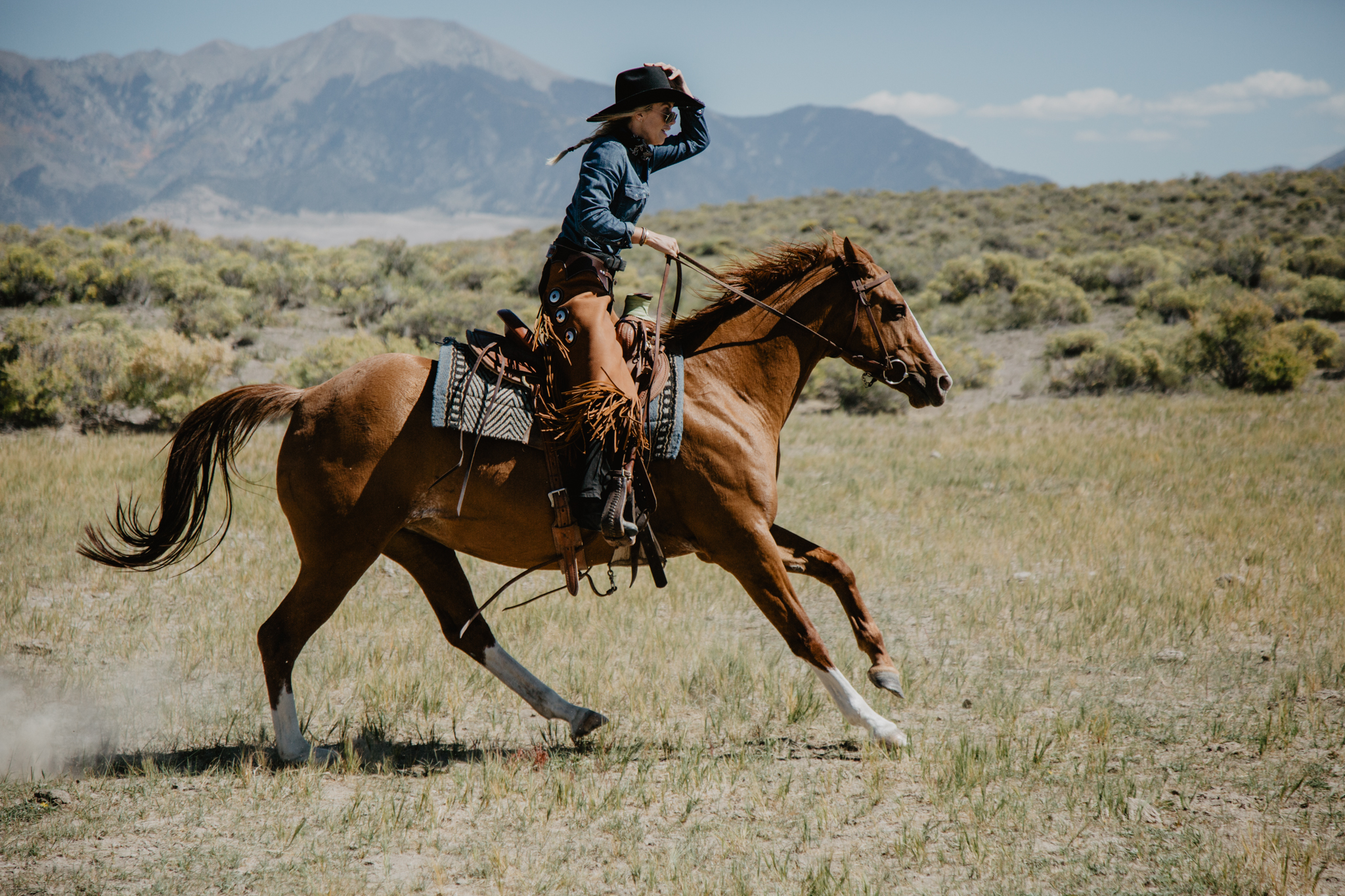 As well as running a herd of Angus mother cows, Zapata Ranch is also home to a conservation herd of 2,000 wild bison, who occupy a 50,000-acre pasture.
As well as running a herd of Angus mother cows, Zapata Ranch is also home to a conservation herd of 2,000 wild bison, who occupy a 50,000-acre pasture.
Guests are immersed in life on a working cattle and bison farm, with programmes centred around horseback riding and exploring the surrounding wetlands, sand dunes, and cottonwood groves, while learning about the role ranching plays in the conservation of the local environment.
 Visitors to the ranch have the option to join wranglers and ranch staff and participate in their work caring for livestock and land. For example, they can witness how staff follow a grazing plan, to replicate the natural cycles of the American grasslands, which have evolved in tandem with large bison herds.
Visitors to the ranch have the option to join wranglers and ranch staff and participate in their work caring for livestock and land. For example, they can witness how staff follow a grazing plan, to replicate the natural cycles of the American grasslands, which have evolved in tandem with large bison herds.
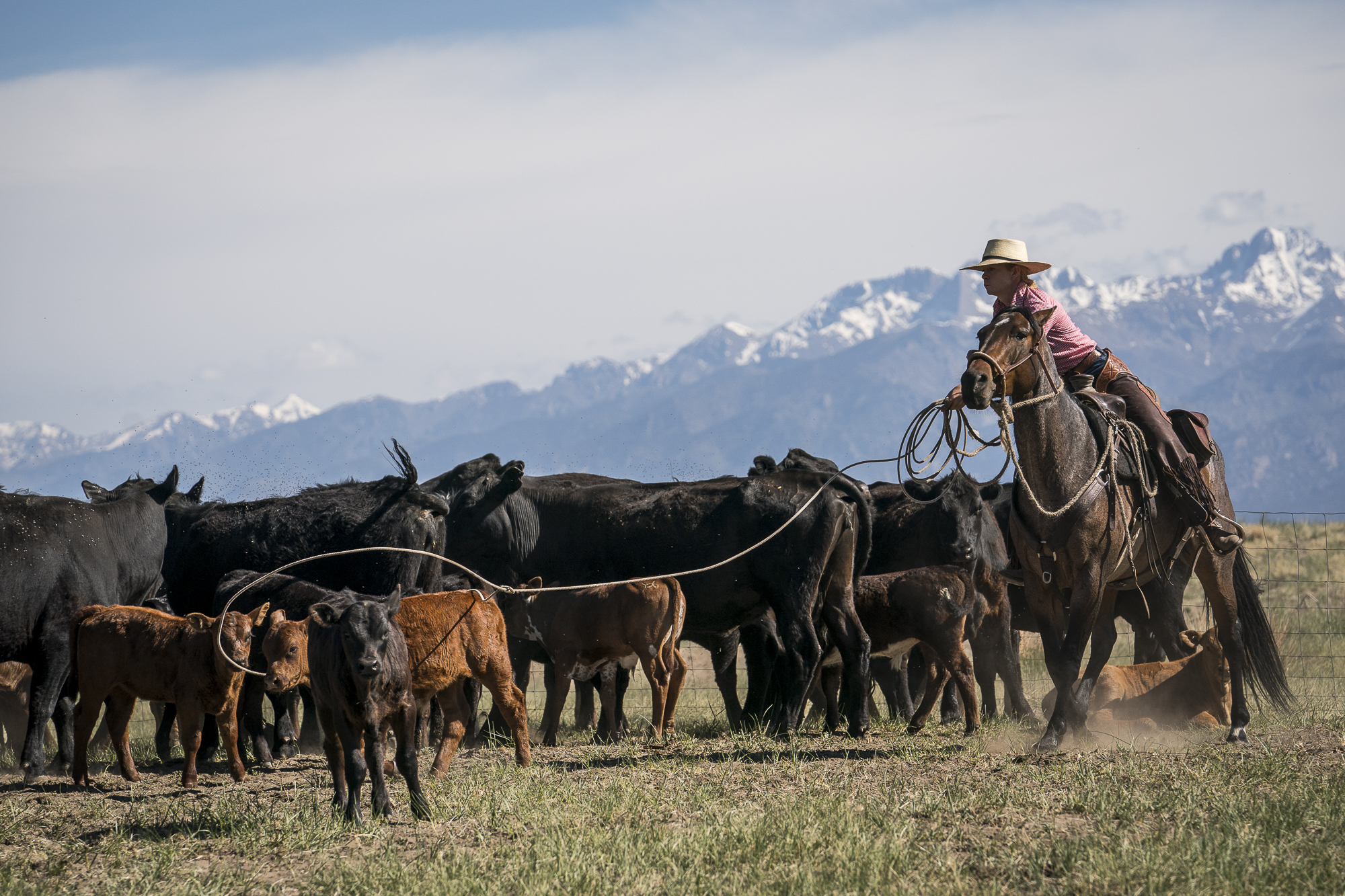 Alternatively, guests can enjoy life on the ranch at their leisure, with horseback horseback rides through bison herd or around the Great Sand Dunes National Park. Tapping into the “Upskilling Escapes” trend, activities such as whitewater rafting, rock climbing, mountain hiking, ecological tours of the ranch and fly fishing can also be arranged.
Alternatively, guests can enjoy life on the ranch at their leisure, with horseback horseback rides through bison herd or around the Great Sand Dunes National Park. Tapping into the “Upskilling Escapes” trend, activities such as whitewater rafting, rock climbing, mountain hiking, ecological tours of the ranch and fly fishing can also be arranged.
Zapata Ranch’s 17-bedroom lodge dates back to the 1800s, featuring rustic south-western décor. 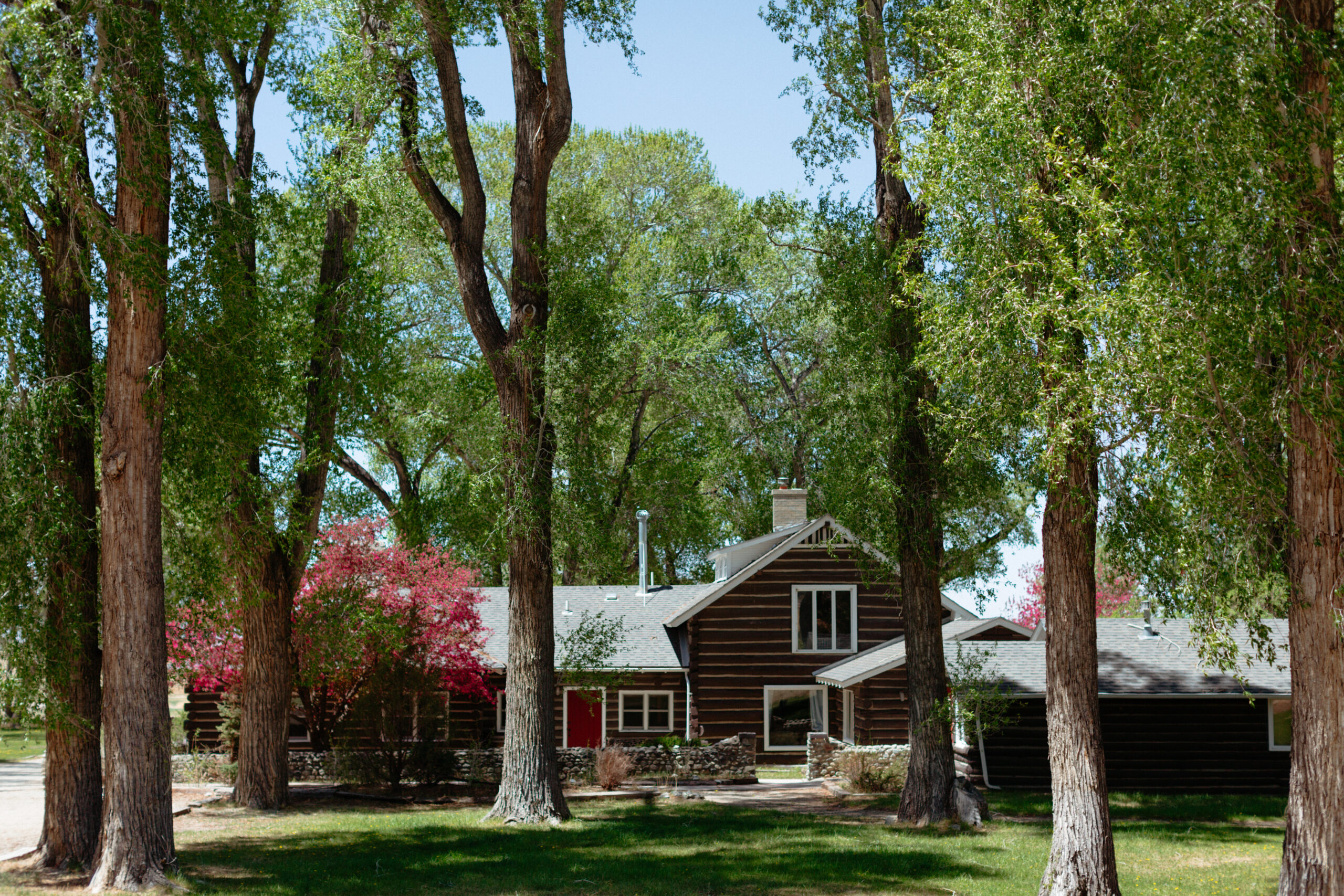
 The gourmet dining experience at the ranch uses local produce and meats, including bison from the ranch’s herd, wild caught trout from the Arkansas River just a few miles away, and herb roasted carrots from local farmers cooked over wood grown on the property.
The gourmet dining experience at the ranch uses local produce and meats, including bison from the ranch’s herd, wild caught trout from the Arkansas River just a few miles away, and herb roasted carrots from local farmers cooked over wood grown on the property.
For breakfast, there’s made-to-order pancakes, fresh fruit, bacon, fig and cheese toast and frittatas, and bagged lunches to take away for the day’s activities.
Zapata Ranch is open from March to October, and horseback riders of all levels are welcome.
Meanwhile, luxury adventure company Pelorus is also offering a travel experience where guests ride alongside traditional Llaneros herdsmen in Colombia, learning about their centuries-old traditions and skills.
Embarking on a ten-day horseback journey across the Sierra Nevada de Santa Marta mountain range, travellers cross wetlands, learn how to lasso cattle, and spend the evenings star-gazing around the campfire.

